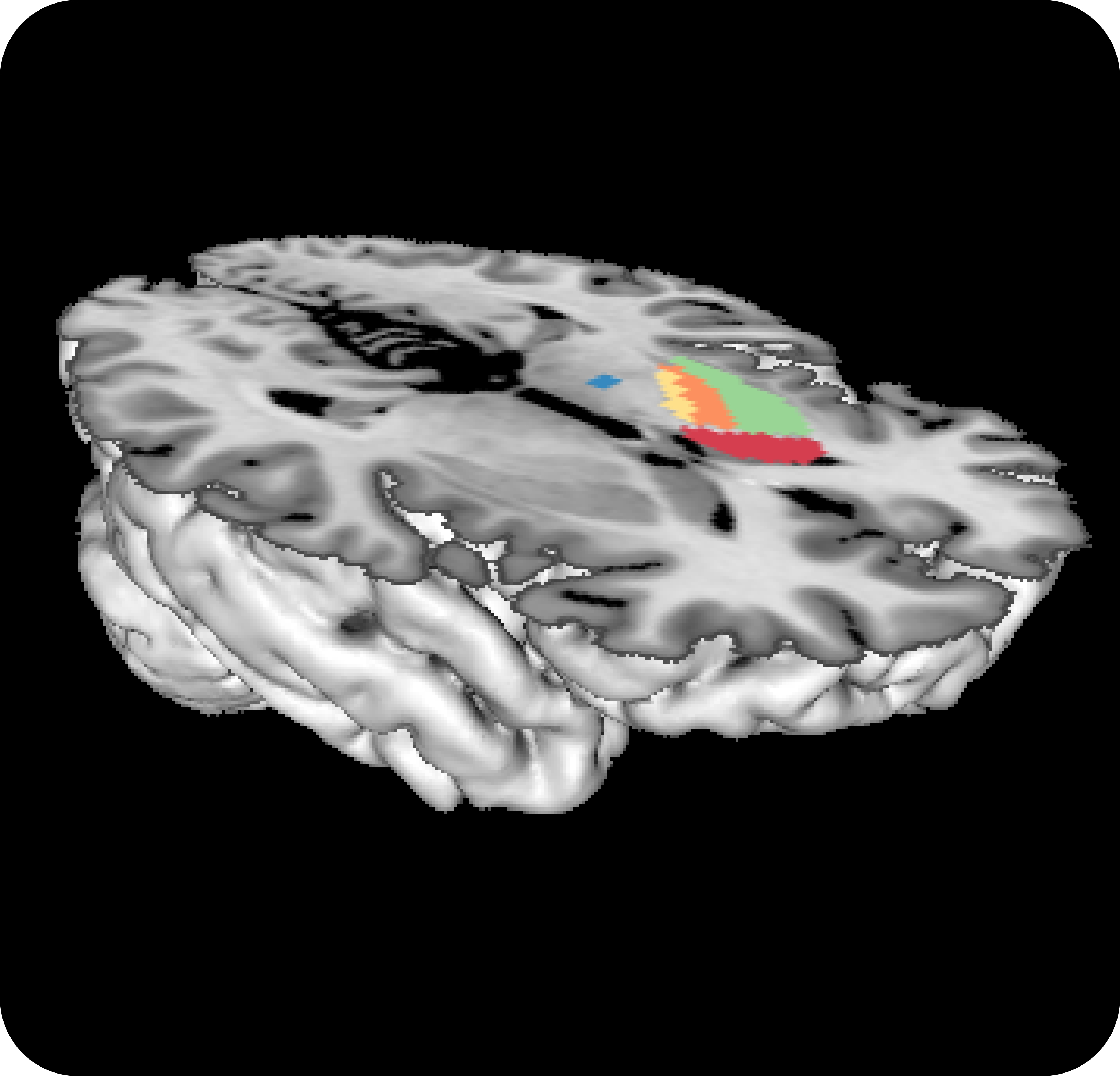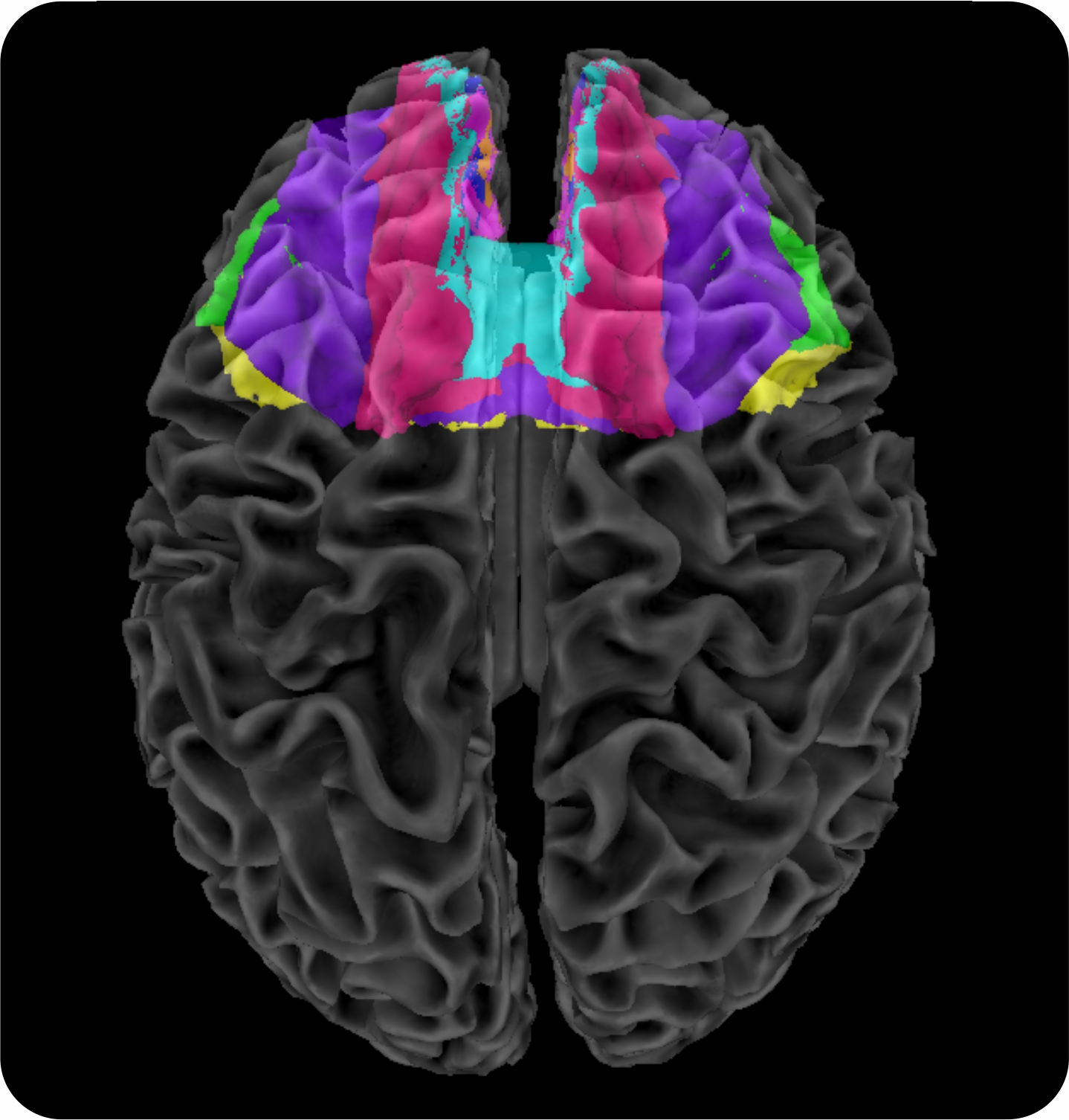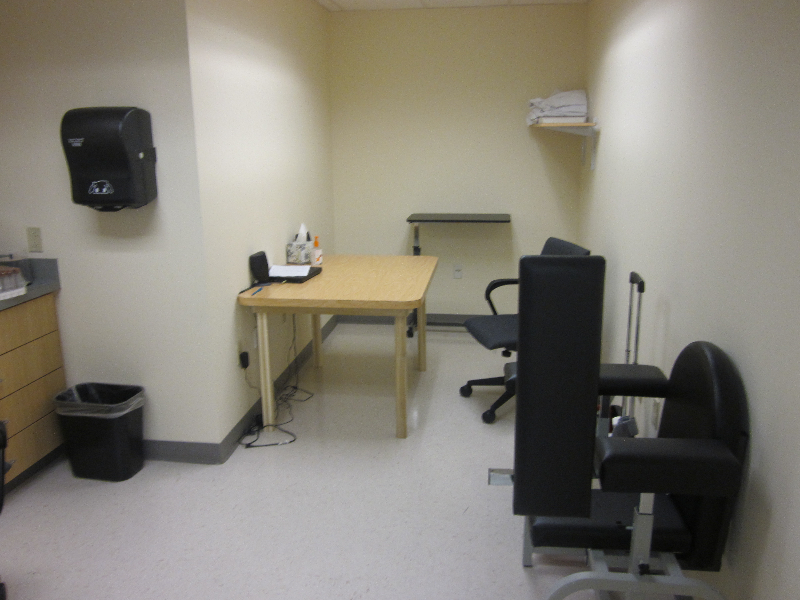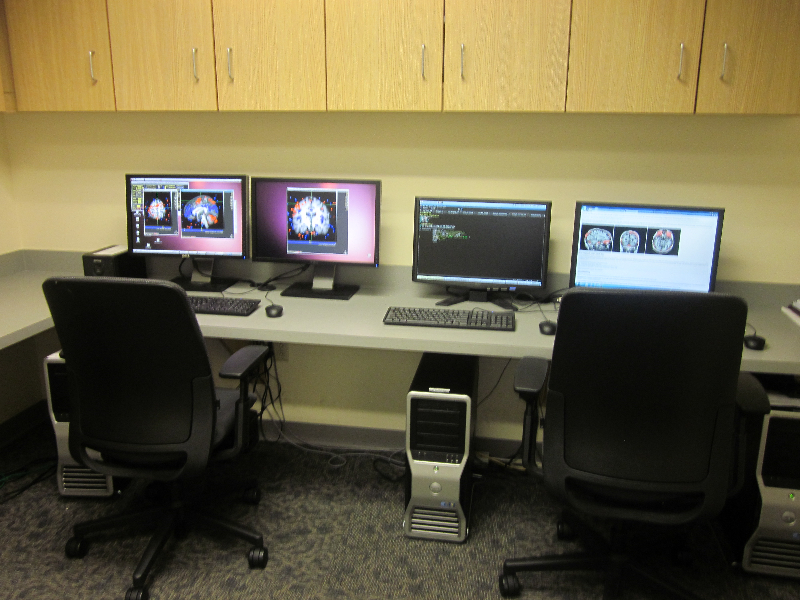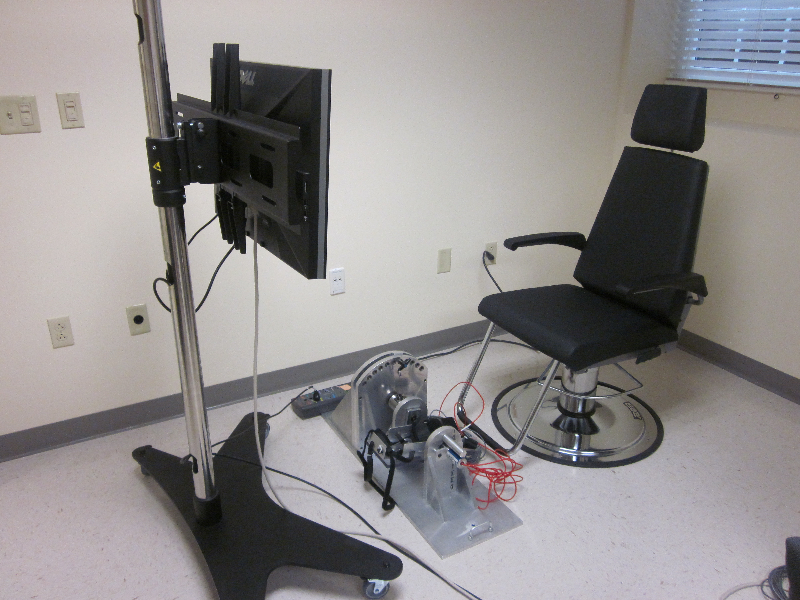Software Downloads
People
News
Facilities
There are four laboratories totaling approximately 1500 sq feet and one 250 square data processing laboratory. In addition, there is 1200 square foot of office space dedicated to the personnel working with the LRN group and dedicated for computing and printing, software and hardware development, and scientific meetings amongst collaborators. The laboratory is less than 1 mile from the CTSI Human Imaging Center facility within the McKnight Brain Institute where the 3T magnet is housed. The laboratory has ongoing studies in rodent that uses the 11T and 4.7T magnets in the McKnight Brain Institute.

